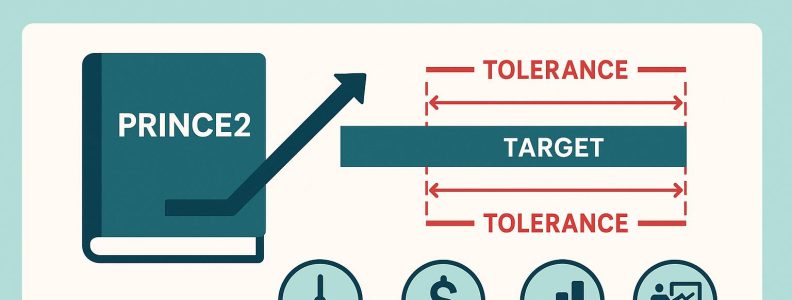The Benefits of PRINCE2 for Small Businesses
PRINCE2, an acronym for PRojects IN Controlled Environments, is a renowned project management methodology that prioritizes a structured process-driven approach. Originally established by the UK government, its utility has transcended borders, achieving global acclaim due to its standardized yet customizable framework. Although it is frequently linked with large enterprises, the methodology offers significant advantages that are especially advantageous for small businesses.
Structured Approach
One of the primary benefits that PRINCE2 offers to small businesses is its meticulous and structured approach to project management. This approach is vital as it ensures thorough planning, efficient execution, and comprehensive evaluation of every project. PRINCE2 emphasizes the necessity of having a detailed roadmap, breaking down each project stage, defining specific roles and responsibilities, and setting up effective mechanisms for risk management and quality control. For small businesses, this structured approach translates to fewer instances of projects deviating from their objectives, thereby maximizing the chances of completing projects both on schedule and within the allocated budget.
Flexibility and Scalability
Despite the structured nature of PRINCE2, the methodology is characterized by an inherent flexibility that makes it exceptionally adaptable. This adaptability is crucial for small businesses as it allows the methodology to be tailored to meet the distinctive needs and resources available at any given time. Whether dealing with small tasks or managing larger, more intricate projects, the principles of PRINCE2 can be applied effectively. Another key benefit is the scalability of the PRINCE2 framework. As a small business expands, its project requirements will inevitably evolve. PRINCE2’s scalability ensures that the methodology can evolve with the business, accommodating more complex needs while maintaining the core principles that underpin successful project management.
Improved Communication
Effective communication forms the backbone of successful project execution and is a core tenet of the PRINCE2 methodology. By providing well-defined roles and processes, PRINCE2 ensures clarity concerning each team member’s responsibilities. This clarity reduces the risk of miscommunication and misalignment among team members. The methodology’s emphasis on structured communication enhances collaboration within project teams. This organized approach not only minimizes errors and misunderstandings but also streamlines the execution process. For small businesses, where resources might be limited, ensuring clear communication can lead to more efficient use of these resources and consequently, more successful project outcomes.
Risk Management
Another significant advantage of adopting PRINCE2 is its proactive approach to risk management. Recognizing potential risks at the outset and deploying strategies to mitigate these risks is integral to the PRINCE2 methodology. For small businesses without the buffer typically available to larger corporations, avoiding or minimizing the impact of unforeseen issues becomes critical. This proactive approach ensures that projects are less prone to face substantial setbacks. Overall, by prioritizing risk management, PRINCE2 increases the likelihood of a project’s success, fostering an environment where small businesses can undertake ambitious projects with increased confidence.
Access to Resources and Training
Adopting PRINCE2 extends beyond just employing a project management framework; it provides small businesses access to an abundance of resources and training opportunities. Numerous organizations offer PRINCE2 certification and comprehensive training programs aimed at developing effective project management skills within teams. For a small business, investing in such training enhances the overall capability of its staff. Not only does it equip employees with cutting-edge project management practices, but it also ensures they are adept at executing these practices efficiently and effectively. As a result, businesses can expect an increase in project success rates and improved operational efficiency.
Small businesses aiming to explore more about how PRINCE2 can uniquely benefit them may consider delving into official PRINCE2 resources or enrolling with training providers for detailed information and tailored training opportunities. Utilizing this trusted and scalable project management framework can significantly enhance project outcomes, ultimately paving the way for sustainable growth and development. By employing PRINCE2, small businesses can establish a solid foundation for effective project management, propelling them toward achieving their strategic objectives with confidence.










